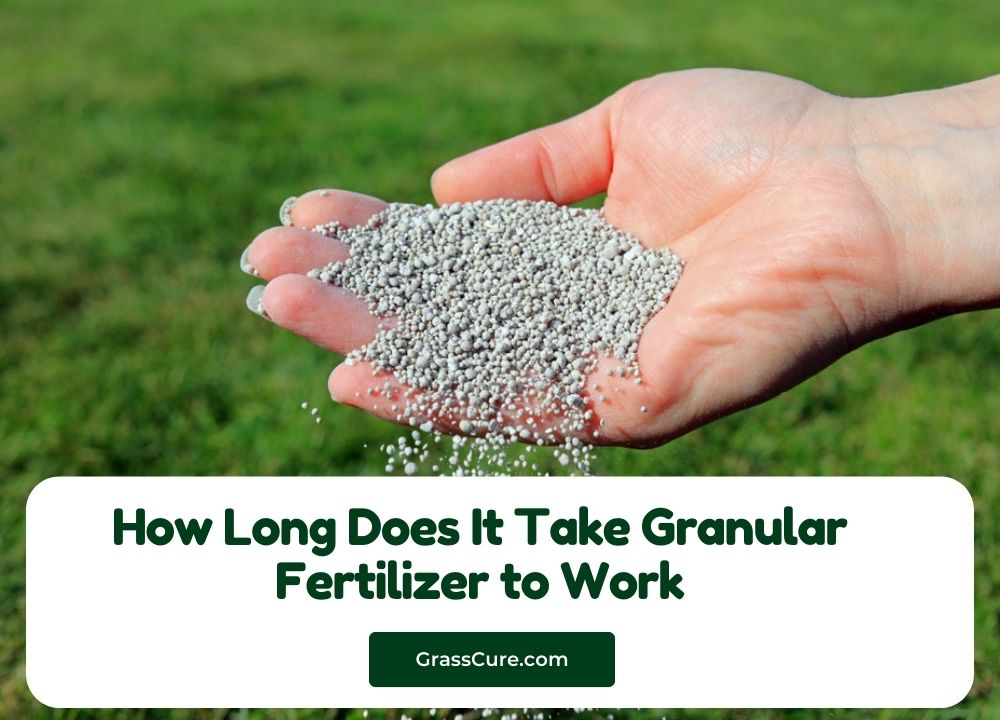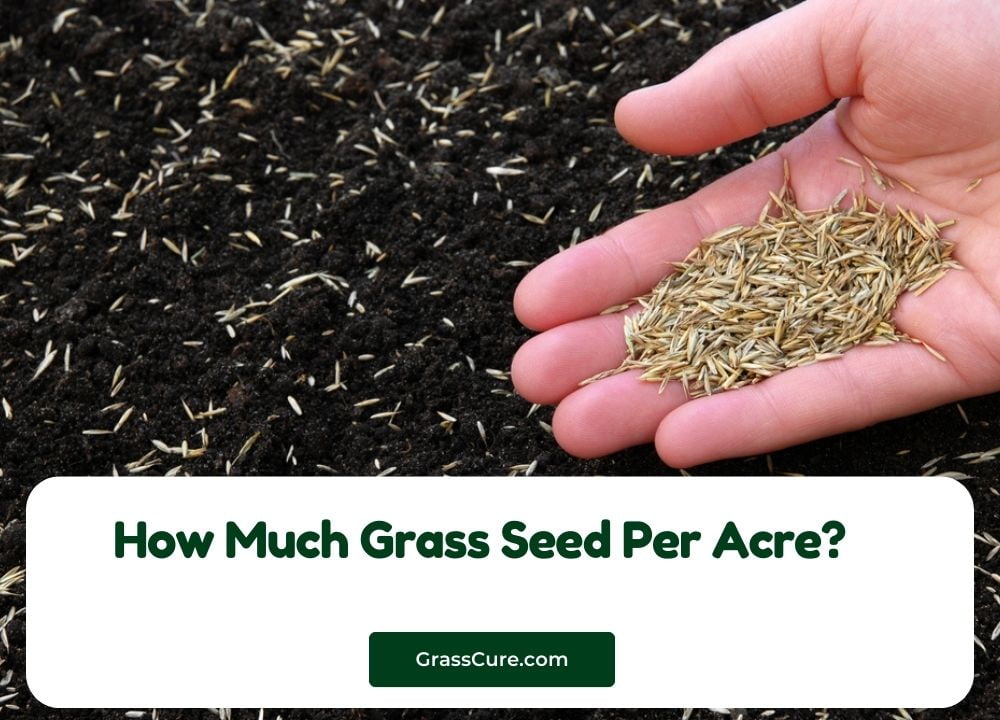A lush, green lawn enhances the beauty of any landscape and provides a perfect space for relaxation and recreation. However, establishing a new lawn from grass seed requires patience and care, especially during the critical germination phase. Understanding how long you should wait before walking on newly planted grass is essential to ensure healthy growth and prevent damage. This article will guide you through the germination process, factors influencing grass establishment, and the best practices for maintaining your lawn while keeping foot traffic in check.
Contents
Understanding Grass Seed Germination
Grass seed germination is a vital process that transforms dormant seeds into thriving plants. This section will explore the stages of germination, factors influencing growth, and typical germination times for common grass types.
The Germination Process
- Stages of Germination:
- Imbibition: The initial stage where seeds absorb water, swelling and softening their outer coating. This process activates enzymes that begin the growth cycle.
- Activation: Once the seed is hydrated, metabolic processes kick in, leading to the development of the embryo.
- Growth: The seedling emerges from the soil as the shoot pushes upward and roots spread downward, anchoring the plant and accessing nutrients.
- Factors Affecting Germination:
- Soil Temperature: Each grass type has an optimal temperature range for germination. For instance, cool-season grasses thrive in cooler temperatures, while warm-season grasses prefer warmth.
- Moisture: Adequate moisture is crucial. Seeds need consistent watering to prevent drying out while still avoiding over-saturation, which can lead to rot.
- Seed Type: Different grass species have varying germination rates and requirements.
Typical Germination Time
Grass seed germination times can vary significantly based on the species. For example:
- Kentucky Bluegrass: 14-30 days
- Tall Fescue: 7-12 days
- Bermuda Grass: 7-14 days
Factors Influencing When You Can Walk on Grass
Several factors determine when it’s safe to walk on newly planted grass. Understanding these influences can help you protect your lawn and promote healthy growth.
Grass Type
Different grass species have varying resilience and recovery times. For example:
- Kentucky Bluegrass: While it establishes a dense lawn, it can take longer to recover from foot traffic, typically requiring 3-4 weeks before light use.
- Bermuda Grass: This warm-season grass is more tolerant of traffic and may handle light foot traffic within 2-3 weeks.
- Tall Fescue: Similar to Bermuda, it can tolerate some foot traffic after about 2-3 weeks but still needs time to fully establish.
Choosing the right grass for your climate and intended use is crucial in determining how soon you can walk on it.
Soil Conditions
Soil health plays a significant role in grass establishment:
- Soil Compaction: Compacted soil restricts root growth and water penetration, making it crucial to avoid walking on the area until the grass has established a strong root system.
- Drainage: Well-drained soil allows for better growth and recovery. Walking on soggy, poorly drained areas can lead to soil compression and root damage.
Checking soil conditions before walking on grass is vital to prevent harm.
Weather Conditions
Weather significantly impacts grass growth and establishment:
- Rain: Excessive rainfall can saturate the soil, making it more prone to compaction if walked on. It’s best to wait until the soil dries sufficiently.
- Heat and Sunlight: Warm temperatures and ample sunlight can accelerate growth, allowing for foot traffic sooner. Conversely, prolonged cloudy or cooler conditions can slow down germination, requiring a longer wait.
General Guidelines for Walking on Newly Planted Grass
Walking on newly planted grass requires caution to ensure the seedlings establish properly and develop a robust lawn. Here are some general guidelines to follow:
Initial Waiting Period
- Recommended Waiting Time: It’s advisable to wait at least 2 to 4 weeks after planting grass seed before walking on the area. This timeframe allows the seeds to germinate and establish roots, minimizing the risk of damage.
Signs of Established Grass
- Indicators of Readiness: Before walking on the grass, look for the following signs that indicate it is ready for light foot traffic:
- Height: Grass should be at least 2 to 3 inches tall. This height indicates healthy growth and a stronger root system.
- Density: The grass should appear thick and lush, showing that it has spread adequately and is less susceptible to damage.
Gradual Introduction to Foot Traffic
- Slow Introduction: Start by introducing light foot traffic gradually. Avoid running or placing heavy items on the grass for the first few weeks. Instead, walk gently on the grass to allow it to acclimate to light use.
- Designated Paths: Create specific paths for walking to minimize the impact on the grass. Using stepping stones or established walkways can help prevent unnecessary wear on the seedlings.
Caring for Newly Planted Grass
Proper care is essential for establishing a healthy lawn from grass seed. Following the right practices during the early stages will promote robust growth and resilience against foot traffic. Here are key aspects to consider when caring for newly planted grass:
Watering Practices
- Consistent Moisture: Newly planted grass seeds require consistent moisture to germinate effectively. Aim to keep the soil evenly moist but not soggy.
- Watering Schedule: Water lightly 2-3 times a day for the first couple of weeks, especially during hot or dry conditions. As the grass begins to grow, gradually reduce watering to once every 2-3 days, allowing the top inch of soil to dry between watering sessions.
Mowing Tips
- When to Mow: Wait until the grass reaches about 3 to 4 inches in height before mowing for the first time. This height ensures the grass is well established and can withstand the cutting.
- Mowing Height: Set your mower to a higher cutting height to avoid stressing the young grass. Generally, cutting at around 2.5 to 3 inches is ideal for most grass types.
- Frequency: Mow regularly to promote lateral growth and a thicker lawn, but avoid mowing too short, as this can weaken the grass.
Fertilization Recommendations
Initial Fertilization: Applying a starter fertilizer can give your newly planted grass the nutrients it needs for healthy growth. Look for a fertilizer with a balanced ratio of nitrogen, phosphorus, and potassium.
Timing: Fertilize about 4 to 6 weeks after planting, once the grass has established a solid root system. Follow the manufacturer’s instructions for application rates and methods.
Common Mistakes to Avoid
When establishing a lawn from grass seed, it’s essential to avoid common pitfalls that can hinder growth and damage the young plants. Here are some mistakes to steer clear of:
Walking on Grass Too Soon
- Risk of Damage: Walking on newly planted grass before it has established can compact the soil and damage fragile seedlings. Always wait until the grass is sufficiently established, typically around 2-4 weeks, before introducing foot traffic.
Overwatering or Underwatering
- Overwatering: Excessive watering can lead to soggy soil, which may cause seeds to rot and promote diseases like fungus. Ensure the soil remains consistently moist but not waterlogged.
- Underwatering: Conversely, insufficient moisture can cause seeds to dry out, preventing germination. Monitor soil moisture closely, especially in hot or dry conditions, to keep the grass healthy.
Ignoring Soil Health
- Neglecting Soil Preparation: Failing to prepare the soil properly before planting can hinder grass growth. Ensure the soil is well-aerated, free of debris, and amended with organic matter as needed for optimal conditions.
- Compaction: Avoid walking on wet or recently seeded areas, as this can lead to soil compaction, making it difficult for grass roots to penetrate and grow.
Conclusion
Establishing a healthy lawn from grass seed requires patience, care, and knowledge of best practices. Understanding the germination process, knowing when it’s safe to walk on your new grass, and implementing proper care techniques are crucial for achieving a lush, green landscape. By avoiding common mistakes, such as walking on the grass too soon or neglecting soil health, you can foster a resilient lawn that withstands foot traffic and thrives for years to come. With the right approach, your efforts will lead to a vibrant outdoor space that enhances your home’s beauty and provides a perfect area for relaxation and enjoyment.
Additional Resources
For further information and guidance on establishing and caring for your lawn, consider the following resources:
A. Online Articles and Guides
- The Lawn Institute: Offers detailed articles on various grass types, lawn care practices, and maintenance tips.
- University Extension Services: Many universities provide free resources on lawn care specific to different regions, including soil testing, seed selection, and watering practices.
B. Books
- “The Lawn Bible” by John Greenlee: A comprehensive guide to lawn care, covering everything from seed selection to maintenance techniques.
- “Lawn Care for Dummies” by Lance Walheim and The Editors of the National Gardening Association: A beginner-friendly resource that simplifies lawn care practices and troubleshooting.
C. Local Gardening Centers
- Consultation: Local gardening centers often provide expert advice and can recommend the best grass types for your area, along with soil amendments and fertilizers tailored to local conditions.
- Workshops and Classes: Many gardening centers offer workshops on lawn care, where you can learn practical tips and connect with other gardening enthusiasts.
D. Gardening Forums and Communities
- Online Forums: Join online gardening communities, such as those on Reddit or specialized gardening websites, where you can ask questions, share experiences, and gain insights from other lawn care enthusiasts.






